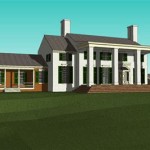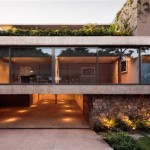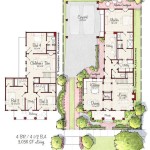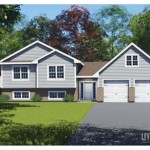Essential Aspects of the Oslo Opera House Plans
The Oslo Opera House, a breathtaking architectural masterpiece on the Oslofjord's edge, was meticulously planned with several essential aspects that contributed to its iconic status.
1. Accessibility and Inclusivity
From its inception, the Oslo Opera House was designed to be accessible to all. Its sloping roof, known as the "Norwegian Glacier," serves as a public promenade, inviting visitors to ascend to the rooftop and enjoy panoramic city views. The building's transparent façade, constructed from large glass panels, blurs the boundaries between the interior and exterior, allowing for an open and welcoming environment.
2. Integration with the Natural Landscape
The Oslo Opera House seamlessly blends with its natural surroundings. Its massive granite base reflects the rugged Norwegian coastline, while the sloping roof mimics the snowy mountains. The building's form and materials were carefully chosen to minimize its environmental impact and complement the area's unique beauty.
3. Innovative Stage Design
At the heart of the Opera House lies its advanced stage design. The main stage features a moveable orchestra pit, allowing for flexible configurations and a variety of performance arrangements. The acoustics within the auditorium are renowned for their exceptional clarity and warmth, creating an immersive experience for both performers and audiences.
4. Sustainability and Energy Efficiency
Sustainability was a major consideration throughout the planning process. The Opera House utilizes geothermal energy for heating and cooling, reducing its carbon footprint. Additionally, the building's orientation and the use of natural light maximize energy efficiency and create a comfortable indoor environment.
5. Multi-Purpose Facilities
Beyond its primary function as an opera house, the building also accommodates a range of other activities and events. It features a dedicated studio space for rehearsals and workshops, as well as a versatile area known as the Bjørvika Bar, which hosts art exhibitions, performances, and receptions.
6. Artistic Collaboration
The Oslo Opera House was designed with extensive input from artists and cultural organizations. The National Opera and Ballet companies played a crucial role in shaping the building's functionality, while renowned architects Snøhetta and Erlend Blakstad Haug designed the striking exterior and interior spaces.
7. Symbol of Norwegian Culture
The Oslo Opera House stands as a proud symbol of Norwegian culture and architectural excellence. Its iconic design and innovative features have made it an international landmark, attracting visitors and performers from around the world. The building has become a hub for artistic expression and a source of national pride for generations to come.

Oslo Opera House Snøhetta Archdaily
Oslo Opera House Designed By Snøhetta 2007 Section Floor Plan Scientific Diagram

Oslo Opera House Data Photos Plans Wikiarquitectura

Gallery Of Oslo Opera House Snøhetta 28

Opera House Oslo By Snøhetta 2 Dezeen

Oslo Opera House Snøhetta Archdaily

Opera House Oslo By Snøhetta 2 Dezeen

Case Study Oslo Opera House Christopher Karlson

Oslo Opera House Snøhetta Archdaily

Opera House In Oslo Moreaedesign








